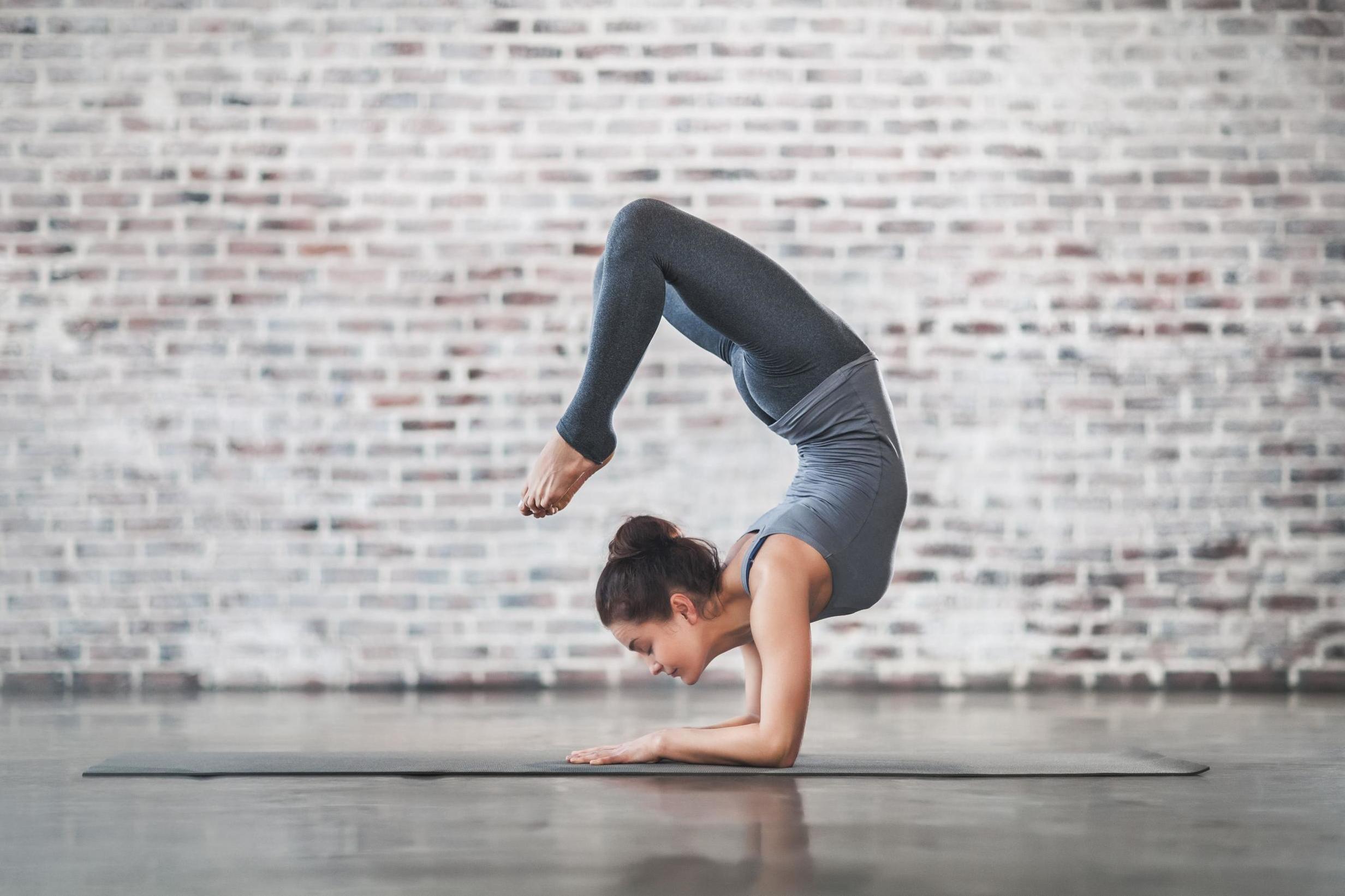Five yoga poses that can cause injury, according to a chiropractor
Make sure you are entering into the poses correctly to avoid injury

In addition to relaxation, a yoga class can provide various health benefits such as increased flexibility and strength - but only when the poses are done correctly.
The popular workout can cause more harm than good if you don’t know what you are doing - a risk that is commonly overlooked as you transition from pose to pose.
To educate yogis on the various injuries that can occur while doing yoga and how to avoid them, chiropractor Michael C Remy outlined the five most injury-prone positions.
Bridge pose
According to Dr Remy, the first position that poses a risk of injury is the bridge pose.
When done correctly, the bridge pose can help alleviate shoulder and neck pain while increasing flexibility.
However, if the knees are not aligned, meaning they are either behind or in front of the feet, it can put a lot of “rotational stress” on the knees.
To limit the possibility of injury, Dr Remy advises making sure the kneecaps face the same angle as your feet.
Downward dog
This pose is one that commonly results in injuries such as hip or lower back problems or herniated disks, according to Dr Remy, and the cause is a lack of proper spine stability.
To ensure that you are safely positioning yourself in downward dog, you must keep your spine neutral - as both overarching and over-rounding are dangerous.
By keeping the spine straight and allowing the stretch to come from the hip joint, you keep the lower back protected.
13 Nude Yoga poses
Show all 13According to Dr Remy, this is “a great pose to do if you are doing it right.”
Mountain pose to forward bend
For this pose to be done safely, yogis must keep the pelvis level - and keep hips from falling back in order to touch the floor.
Although the urge to want to touch the floor is normal, it is important to be aware of your back position as you do so - as it is common for it to become too rounded.
Additionally, if your shoulders are rounded or elevated or falling towards your ears, it puts pressure on them.
Triangle pose
While in this pose, your feet should be positioned heel to arch.
When bending towards the side, avoid a C-curve, and make sure the pelvic rim is level and the hips are level.
You also need to be aware of your head and keep it steady - as it can put additional strain on your neck and lead to neck pain if you let it droop.
Seated twist pose
According to Dr Remy, symmetry in this pose is huge because it requires a “lot of rotation on multiple joints.”
As the “lower back is not really designed for a lot of twisting,” it is important to keep most of the rotation in the mid-back and up.
When you don’t have enough motion in the mid-back, it can cause shoulder and neck pain.
To reap the many benefits of yoga, it is important to first make sure you are doing the poses correctly and safely.
Subscribe to Independent Premium to bookmark this article
Want to bookmark your favourite articles and stories to read or reference later? Start your Independent Premium subscription today.

Join our commenting forum
Join thought-provoking conversations, follow other Independent readers and see their replies